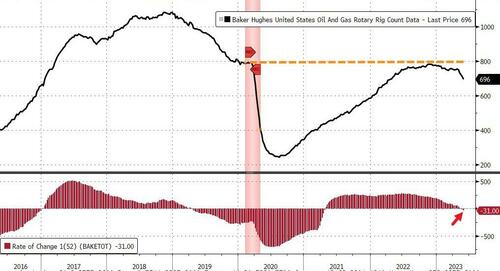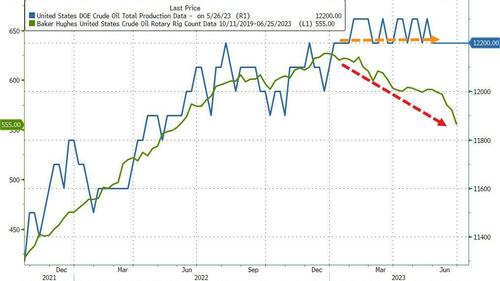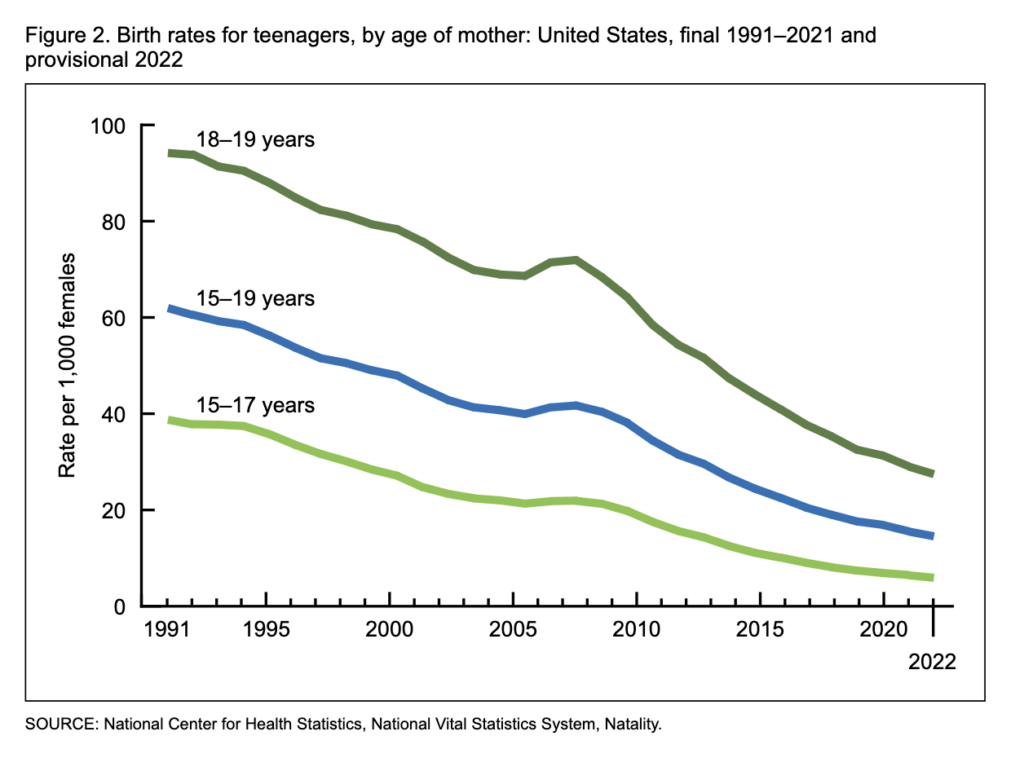After years of toiling against a culture that refused to recognize or celebrate the value of our hero’s unique gifts, there was a possible breakthrough. A chance was seized. A microphone was commandeered. The nation’s airwaves were unexpectedly filled with a message about the value of selfishness, individuality, and ambition.
I’m talking, of course, about the finale of The Marvelous Mrs. Maisel, which concluded its five-season run on Amazon Prime last week.
“I want a big life. I want to experience everything. I want to break every single rule there is,” Miriam “Midge” Maisel (Rachel Brosnahan) said, near the end of her final set, in a moment that effectively summed up the character’s first principles over the course of the show’s arc. “They say ambition is an unattractive trait in a woman—maybe. But you know what’s really unattractive? Waiting around for something to happen. Staring out a window, thinking the life you should be living is out there somewhere, but not being willing to open the door and go out there and get it, even if someone tells you you can’t.”
It was a bit more terse than another famous speech delivered at the climax of a story that celebrates many of the same themes. Or perhaps it was a more verbose version of Howard Roark’s famous declaration in The Fountainhead, after being informed that it’s unlikely anyone will let him design buildings in the way he wanted: “That’s not the point,” he said. “The point is, who will stop me?”
Over the course of five seasons, no one stopped Midge Maisel. Not when she stormed onto the stage at New York City’s famous Gaslight Cafe in a bathrobe to deliver her first impromptu set after discovering her husband’s infidelity in the show’s premiere. Not when she similarly broke away from an interview to deliver that monologue in the finale. It wasn’t all smooth sailing in between—indeed, one of the show’s strengths was its willingness to let Midge struggle, even seem to fail at times—but that’s not the point, is it? The point is, no one stopped her.
More than most other shows on television, Mrs. Maisel celebrated the selfishness that is essential to success in comedy and show business at large. Midge was always a selfish character, but the show’s final season leaned into that trait in a refreshing way. Rather than having her grow to be a better mother or romantic partner, or learn some self-sacrificial lesson about helping others succeed, the showrunners (Amy Sherman-Palladino and Daniel Palladino) put the spotlight on Midge’s defining trait, while also acknowledging the trade-offs that come with it.
The final season culminated with Midge getting her long-sought-after break—a four-minute set on The Gordon Ford Show, which we’re told is the highest-rated late-night program on television in the show’s fictional version of 1962 America—and used various flash-forwards to leave no doubt that it was, in fact, the springboard to a wildly successful career in show business. She got there by breaking the rules and by demanding to be first in line, yes, but also by refusing to compromise on who she was.
The show’s celebration of selfishness extended beyond Midge herself and did so in a way that fits with Ayn Rand’s conception of the term. While there is nothing wrong—and plenty right—about putting one’s own needs first, Rand emphasized that selfishness also indicated moral first principles: Being selfish means, essentially, being true to one’s self and refusing to subvert the individual to the desires of others.
Throughout the show, Midge repeatedly encountered supposedly successful people whose showbiz fame was predicated on committing the Randian cardinal sin of subverting their individualism for mass appeal. First and most apparent was Sophie Lennon (Jane Lynch), a snooty Manhattanite who donned a fake accent and fat suit to perform stand-up as a crass housewife from Queens. There was also Shy Baldwin (Leroy McClain), the closeted homosexual who performed as a womanizing pop singer. Finally, there was Ford, the late-night host with a fake marriage who didn’t write his own jokes or have as much creative control over his own show as he liked to think. As the lies those characters lived were peeled back, Midge (and the audience) discovered them to be—to varying degrees—pathetic, tragic, and pitiable.
Midge steadfastly refused to play that game, announcing early on that she would achieve fame on her own terms. Her comedy act was a reflection of that perspective, rooted as it was in the lived experience of a divorced Jewish mother from the Upper West Side. Her manager Susie Myerson (Alex Borstein) and real-life comic Lenny Bruce (Luke Kirby), fellow outsiders who disdained the phoniness of their industry, stood alone in recognizing and encouraging Midge’s unique talent.
To be sure, there was plenty of the traditional form of selfishness in Midge’s character too. Her big break came after she persuaded Myerson to apply a particularly nasty form of leverage over Ford so he would break his personal rule against allowing his writers to appear as guests on his show (which is, it should be said, a very reasonable rule). By doing so, she blatantly stepped to the front of the line ahead of other comedians who toiled in the obscurity of the writers’ room far longer than she did.
But the show left no doubt that she deserved the break when it came. She wasn’t just the one writer in Ford’s bullpen who found the right leverage to make him break his rule—she was also the best of the bunch, and therefore the one most deserving of special treatment in the show’s Randian-tinged perspective. Her selfishness, in all its forms, was duly rewarded.
Still, Mrs. Maisel also demonstrated that the selfishness necessary for success is not without its trade-offs. In the fifth season’s flash-forwards, we learned that Midge’s strained and distant relationship with her two children continued even after both reached adulthood. If Midge’s success was the result of never compromising on her individualism, then that same character trait naturally made her a poor mother, a role where self-sacrifice is fundamental. Her relationship with her parents was similarly difficult, though one might note that strained or absent family ties only reinforce the similarities between Midge and Rand’s heroes, most of whom lack children or relatives who aren’t portrayed as losers and leeches.
The dark side of Midge’s ambition and selfishness was always part of the show’s award-winning formula. Her inability to separate her real life and stage persona cost her friends and opportunities along the way—most prominently getting her canned from a tour as Baldwin’s opening act after she inadvertently outed him during a set. There were lessons to be learned, but Midge never abandoned her individuality in order to set things right.
Over its five seasons, Mrs. Maisel veered into other libertarian-adjacent themes, including casting a critical eye toward the obscenity laws that limited free speech in 1950s/’60s New York City—and which Midge got arrested for violating. The final season dealt in a small way with the tragic end of Bruce’s career and placed the blame for his personal decline squarely on the persecution he suffered at the hands of government censors. “I can’t step foot in any club east of the Grand Canyon,” he lamented at the start of the final episode. Offered Myerson’s help to get back on top, he selflessly declined, telling her to use her favors on someone else. There’s a hint of a moral there.
But the hero and moral center of the show was always Midge—indeed, everything in the show revolved around her—who used her talents and shamelessly seized every favor offered to her. Even in flash-forwards to her later years, we saw her tireless work ethic continue. And while Midge would surely fall short of Rand’s ideals about what defines an objectivist hero—despite her propensity for delivering diatribes into a microphone—The Marvelous Mrs. Maisel left little doubt that she’d never have succeeded without putting herself first.
The post <em>The Marvelous Mrs. Maisel</em> Celebrated Selfishness as a Virtue appeared first on Reason.com.
from Latest https://ift.tt/yMSC7xj
via IFTTT














